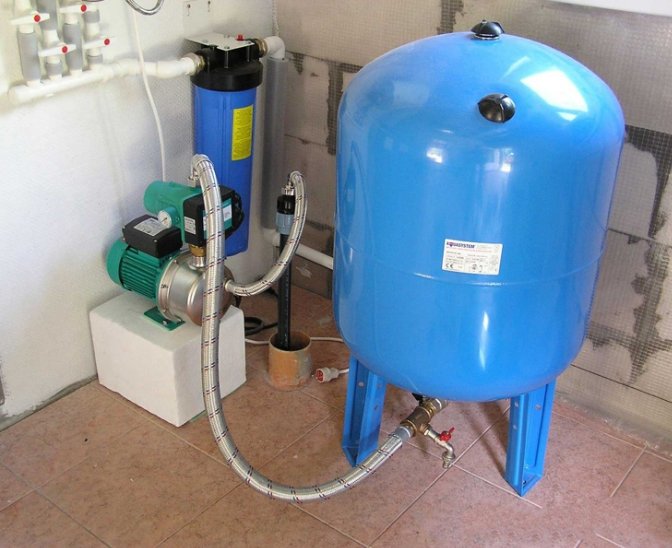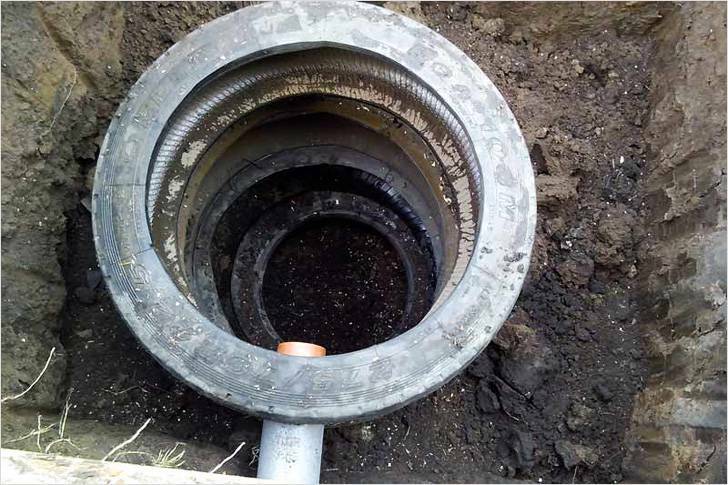What materials for drainage need to be bought?
To remove excess moisture from the ground, first of all, sand and gravel are required. Sand is used to fill the cushions under the discharge pipes. The thickness of the sand layer is from 10 to 15 cm, and the required volume of sand, like gravel, is calculated by multiplying the thickness of the backfill by the total length of the trench.
Crushed stone plays in the drainage system the role of a natural filter, protecting the pipes from the ingress of particles of soil, organic matter and sand. The fraction of crushed stone used can be from 20 to 40 mm. Instead, gravel of the same fraction can be used to fill the drainage ditch. Bulk drainage material should be purchased with high-quality and well-washed.
Excessive moisture and atmospheric precipitation will give your house a lot of trouble if you do not take care of the drain system in time. Especially important is good drainage for buildings standing on clay soils and loam, poorly transmissive to moisture.
The main components for the underground drainage system
In addition to purchasing natural materials - sand, gravel and gravel, you need to choose the right drainage accessories , through which the system is assembled quickly and efficiently.
Their list is small, but requires a separate explanation for each item:
- Geotextile is a synthetic non-woven fabric with microperforation that deters clay and dust particles, silt tubes.
- Drainage pipes are designed for drainage of ground moisture to the receiving well. They are made of PVC plastic or low-pressure polyethylene. On the surface of such a pipe, oval-shaped openings are applied.
- Connection couplings are used to connect drainage pipes to straight sections.
- Shaped elements( tees, corners) are required for connecting pipes in the ring trenching system around the foundation of the building.
- A drainage well is required to inspect the condition and flush the clogged pipes. Its diameter can be from 315 to 425 mm with a height of 1 meter to 3. It is made of durable plastic, supplied with a lid and a blind bottom.
- Submersible drainage pump is designed for pumping water to the surface of the ground in case of overflow of the receiving well.
- The collector well collects groundwater and stormwater and drains them into the soil, into an external storm drain or an open drain.
It should be noted that it is not recommended to use thin PVC pipes for laying the drainage system at a depth of more than 3 meters, as well as in areas with intensive traffic. For such cases, corrugated double drainage pipes are designed, which can be laid to a depth of up to 8 meters.
Why do I need and where is a non-return valve installed for drainage?
The collector well is able to take and divert a strictly defined volume of ground moisture. In case of heavy rainfall or mass melting of snow, surface runoff enters the well and overflows the drainage system, blocking its operation. In order to block their access, the check valve for drainage is used, which is installed inside the collector well.
Despite the relatively high cost, this element is necessary for the normal operation of the drainage system. The distance between the lower part of the non-return valve and the tray of the supply pipe entering the collector well must not be less than 12 cm.


